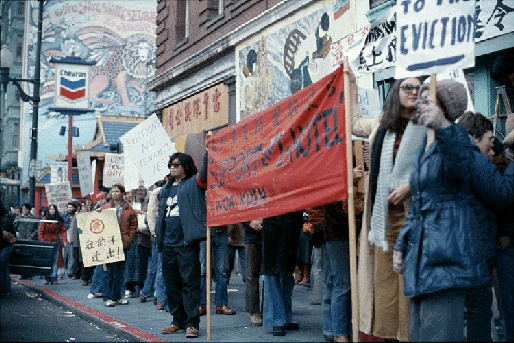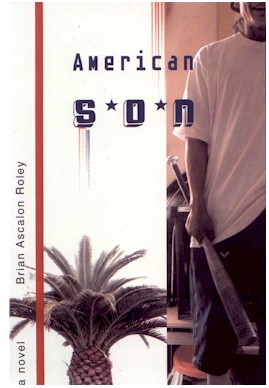
Considered to be the Filipino equivalent of the renowned William Shakespeare, Francisco Balagtas, or Baltazar to some, had a big impact on Filipino literature. Born on April 2nd, 1788 as one of the four children in his family, Balagtas began writing poetry at an early age with poems such as “Mahal ko ang Bayan ko.” His education first began at a school in Bigaa and later he enrolled at Colegio de San Juan de Letran in the city of Manila. However, it wasn’t until he met his mentor Jose de la Cruz did Balagtas’ poetry really began to blossom. During his work as a house keeper for the Trinidad family in Tondo, Manila, the head master allowed Balagtas to study at the Colegio de San Jose where he had the privilege to study under the great writer of Tondo, Jose de la Cruz. Although it was evident that Balagtas was a gifted writer, Cruz always wanted him to push himself to be better and to refine his skills. His most famous and celebrated piece of writing is the masterpiece Florante at Laura. Balagatas was inspired to write such a tale after his move to Pandacan in 1835, where he met the lovely Maria Asuncion Rivera. Maria would become Balagtas’ inspiration, his light, for Florante at Laura where she would become personified in his characters of “Cecilio.” However, Balagatas did not begin to write the story until after he was framed by Mariano Capule, a contender for Maria Rivera’s love. Capule was a very wealthy and influential figure that eventually convinced the authorities to imprison Balagtas for the false accusation that he had placed orders for a servant girl’s hair to be removed. Ironically, the themes of Balagtas’ life during those times, lost of love and imprisonment, were reflected in Florante at Laura through the main character Florante.
The story of Florante at Laura begins in a dark Albanian forest where the main character is tied to at tree after being exiled from his kingdom. Florante is in a state of despair after receiving news that his father had be murdered, and his beloved Laura was forced to marry his child hood rival Adolfo. All hope seemed to be lost until he was r
 escued by a Persian prince named Aladin. Florante narrates his life story to Aladin and explains that he had met Adolfo during his childhood years while studying in Athens, Greece. Adolfo, once praised as the smartest student, became jealous and resentful after Florante surpassed his skills and attempted to kill Florante. Adolfo’s plan failed because Menandro, loyal friend of Florante and later to be the general to the Albanian army, intervened. After sharing expeditions with Menandro, Florante would meet his beloved Laura, through the ruler of Albania, King Linseo. Florante would gain popularity and the status of “Defender of Albania” after assisting the Albanian army during the wars against the Persian army and Turkish forces. Adolfo would get his revenge on his childhood rival when he ambushed Florante with a large group of soldiers during Florante’s journey back from visiting his father. Adolfo imprisoned Florante and exiled him into the Albanian forest, beheaded the former king and Florante’s father, and forced Laura to take his hand in marriage. After hearing Florante’s story, Aladin confesses that he also faces similar circumstances and longs to be reunited with his love Flerida. The two men are interrupted by the events of Flerida saving Laura from a rapist, and they are all reunited at last. Menandro with his powerful army was able to overthrow Adolfo’s reign, and Florante and Laura were now able to return to Albania, while Aladin and Flerida returned to Persia after the corrupt sultan committed suicide. Peace and prosperity were achieved in the two kingdoms with the return of their rightful rulers.
escued by a Persian prince named Aladin. Florante narrates his life story to Aladin and explains that he had met Adolfo during his childhood years while studying in Athens, Greece. Adolfo, once praised as the smartest student, became jealous and resentful after Florante surpassed his skills and attempted to kill Florante. Adolfo’s plan failed because Menandro, loyal friend of Florante and later to be the general to the Albanian army, intervened. After sharing expeditions with Menandro, Florante would meet his beloved Laura, through the ruler of Albania, King Linseo. Florante would gain popularity and the status of “Defender of Albania” after assisting the Albanian army during the wars against the Persian army and Turkish forces. Adolfo would get his revenge on his childhood rival when he ambushed Florante with a large group of soldiers during Florante’s journey back from visiting his father. Adolfo imprisoned Florante and exiled him into the Albanian forest, beheaded the former king and Florante’s father, and forced Laura to take his hand in marriage. After hearing Florante’s story, Aladin confesses that he also faces similar circumstances and longs to be reunited with his love Flerida. The two men are interrupted by the events of Flerida saving Laura from a rapist, and they are all reunited at last. Menandro with his powerful army was able to overthrow Adolfo’s reign, and Florante and Laura were now able to return to Albania, while Aladin and Flerida returned to Persia after the corrupt sultan committed suicide. Peace and prosperity were achieved in the two kingdoms with the return of their rightful rulers.Francisco Balagtas passed away on February 20th, 1862, at the age of 73 sealing his legacy as a great poet. Before his death, he uttered his last wishes that his children would not have to endure the pain and hardship that he faced throughout his life as a poet. It is very admirable of Balagtas to dedicate his life to his passion of being a poet, even though it caused him much grief and pain. He wanted to share his gift with the world, and to represent Filipino literature at its best, even at the cost of his own suffering.




























